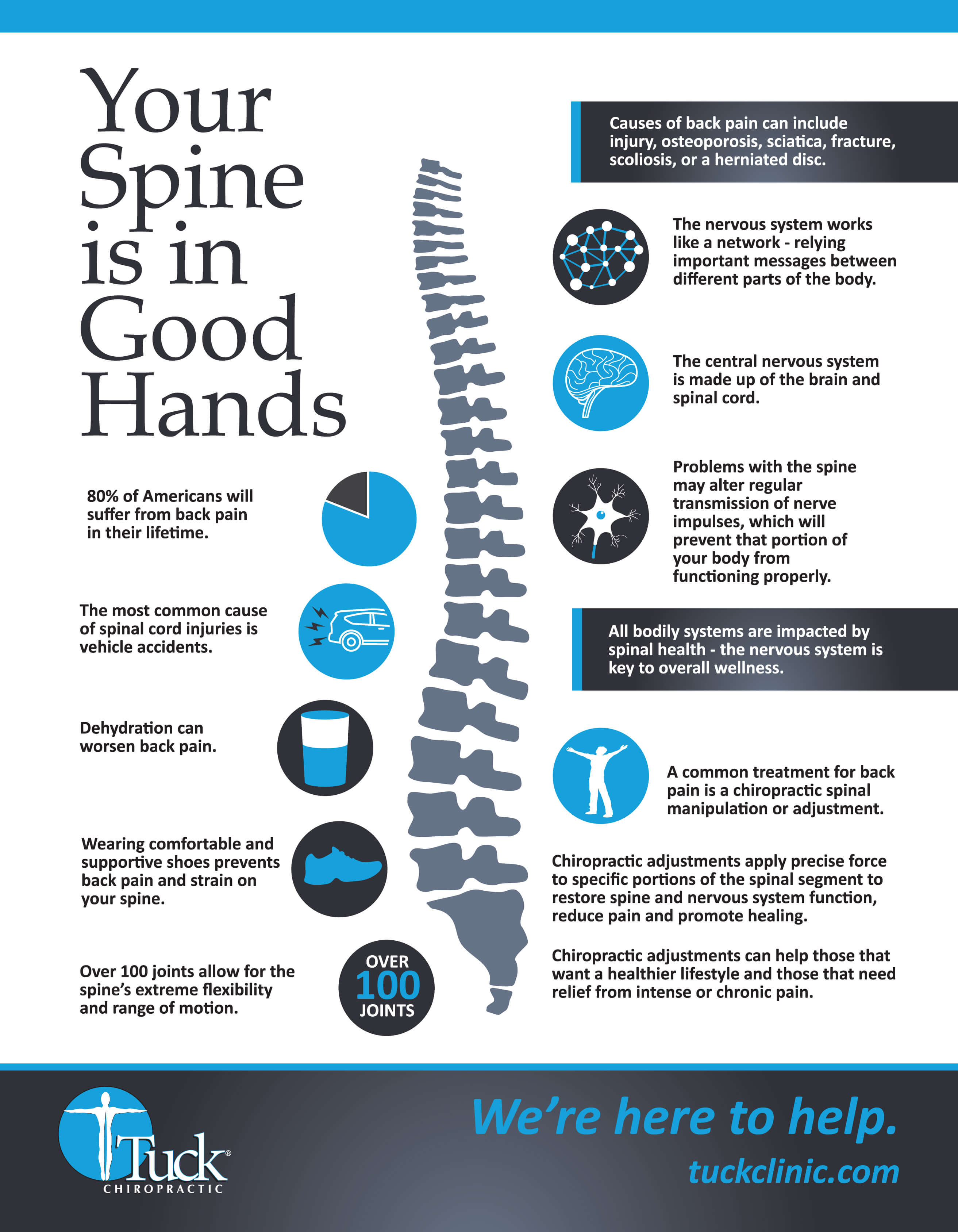Just When You Think Alleviation Is Near, Soft Tissue Therapy Discloses Its Uneasy Facts-- Discover Why The Procedure Can Be Agonizing Yet Beneficial
Just When You Think Alleviation Is Near, Soft Tissue Therapy Discloses Its Uneasy Facts-- Discover Why The Procedure Can Be Agonizing Yet Beneficial
Blog Article
Authored By-Holman Rossi
When you go through soft Tissue treatment, you may find it remarkably uncomfortable. This pain arises as pressure is applied to stressful muscles and damaged tissues, activating your discomfort receptors. While it can really feel distressing in the minute, there's a reason behind this sensation. Comprehending what happens in your body during these therapies can assist you value the procedure. So, what exactly is going on below the surface?
The Physiology of Pain Throughout Soft Tissue Therapy
When you undertake soft Tissue treatment, your body's feedback to discomfort is a complex interplay of physical processes. As the therapist uses pressure, your body activates pain receptors, sending out signals to your mind. This causes the launch of neurotransmitters, such as compound P and glutamate, which amplify the sensation of discomfort.
Your muscles may also tense up in action, more complicating the experience. In addition, your body may launch endorphins, natural painkillers that can help relieve some pain.
The interaction between these processes can produce an one-of-a-kind experience for each person. Comprehending this physiological reaction helps you navigate the experiences throughout therapy, permitting you to value the balance in between discomfort and the potential for healing advantages.
The Role of Discomfort in the Recovery Process
Although pain throughout soft Tissue treatment can really feel overwhelming, it plays a critical role in the recovery procedure. When you experience discomfort, your body is indicating that it's working to fix broken cells. This reaction assists boost blood flow to the damaged location, providing essential nutrients and oxygen required for recovery.
Furthermore, discomfort can promote the release of endorphins, your body's all-natural pain relievers, creating a sense of alleviation post-treatment. Welcoming this pain can help you recognize your body's restrictions and motivate you to resolve underlying issues.
While it's awkward now, this procedure is necessary for long-lasting recuperation and boosted function. Identifying discomfort as a vital part of healing can empower you to stay devoted to your therapy.
Tips for Managing Discomfort Throughout and After Therapy
Handling discomfort during and after soft Tissue treatment can substantially boost your total experience and recovery.
To begin, interact freely with your specialist regarding your discomfort levels; they can adjust techniques appropriately. Utilizing https://www.google.com/maps/place/Return+to+Play+Institute,+LLC+(Miami)/@25.726017,-80.26406,17z/data=!3m1!4b1!4m6!3m5!1s0x88d9b7b4207e8303:0xb1493a6e0d5a272b!8m2!3d25.726017!4d-80.26406!16s%2Fg%2F11lf8185yp?hl=en&entry=ttu&g_ep=EgoyMDI0MTAwOS4wIKXMDSoASAFQAw%3D%3D can additionally help you kick back and ease pain.
Take into consideration applying ice to the treated area post-session to lower inflammation and numb pain. Remaining moisturized aids in the healing procedure, so consume alcohol a lot of water.
Mild stretching and light motion after therapy can advertise blood flow and convenience stiffness. Finally, guarantee you get ample rest to permit your body to recover.
Executing these ideas can make your soft Tissue treatment extra workable and enjoyable.
Verdict
In conclusion, while soft Tissue treatment can be uneasy, it's vital to identify that this discomfort plays a vital role in your recovery trip. By understanding the physiological responses at play, you can come close to the therapy with a more favorable state of mind. Remember, the preliminary pain typically paves the way to relief as your body launches endorphins. Welcome https://citynews.com.au/2021/tim-talks-the-walk-when-it-comes-to-good-health/ , and don't be reluctant to make use of the pointers for handling discomfort to improve your experience and recovery.
